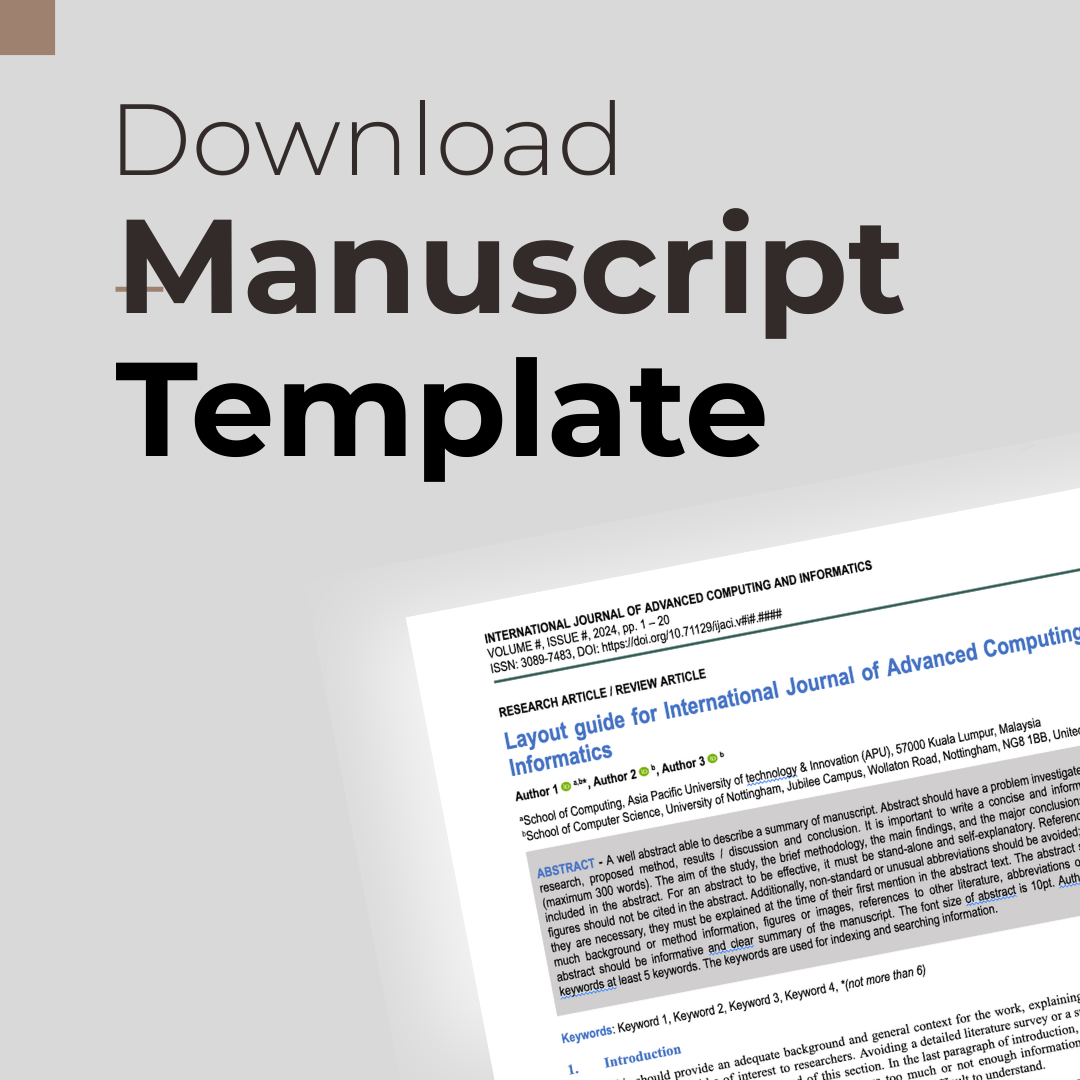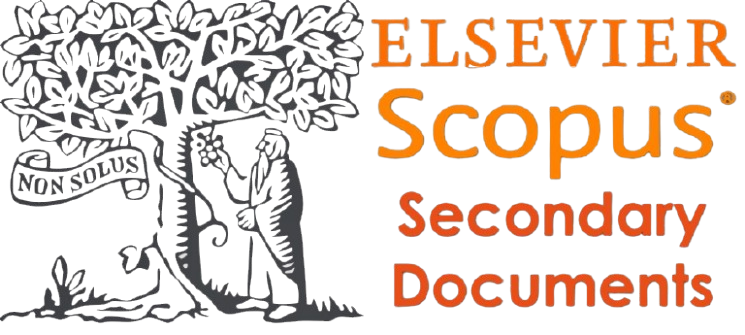Robust Phishing Detection Using Random Forest with Isolation Forest Based Outlier Filtering
DOI:
https://doi.org/10.71129/ijaci.v1i2.pp99-105Keywords:
Phishing Detection, Random Forest, Machine Learning, Cybersecurity, Classification, Outlier RemovalAbstract
Phishing remains a prevalent cybersecurity threat that exploits deceptive websites to extract confidential user information, resulting in significant financial and reputational damages. Conventional detection methods, such as rule-based systems and signature matching, often struggle with noisy data and fail to adapt swiftly to evolving attack strategies, limiting their effectiveness in real-world scenarios. To address these challenges, this study introduces a robust phishing detection framework that integrates outlier removal through the Isolation Forest algorithm with classification using the Random Forest model. The proposed approach aims to improve data quality by eliminating anomalous instances that could negatively impact model training and generalization. The experiments utilized a comprehensive dataset comprising 11,430 instances and 87 features, which was meticulously pre-processed to enhance model performance. The results demonstrate that the proposed framework achieves high accuracy (96.78%), precision (96.09%), recall (97.20%), and an F1-score of 96.64%, outperforming many existing approaches. The results indicate its strong ability to detect phishing websites while maintaining interpretability. This approach offers an effective and interpretable method for phishing detection, emphasizing clarity and robustness in machine learning-based security solutions. The findings underscore the potential of combining anomaly detection with ensemble classification techniques to develop resilient, accurate, and transparent phishing detection systems.
Downloads
Published
Abstract
-
126 views
PDF Download
- 71 times
Issue
Section
License
Copyright (c) 2025 Amir Hamzah Dinnillah, Muhamad Widiarto, Adi Wijaya (Author)

This work is licensed under a Creative Commons Attribution 4.0 International License.







